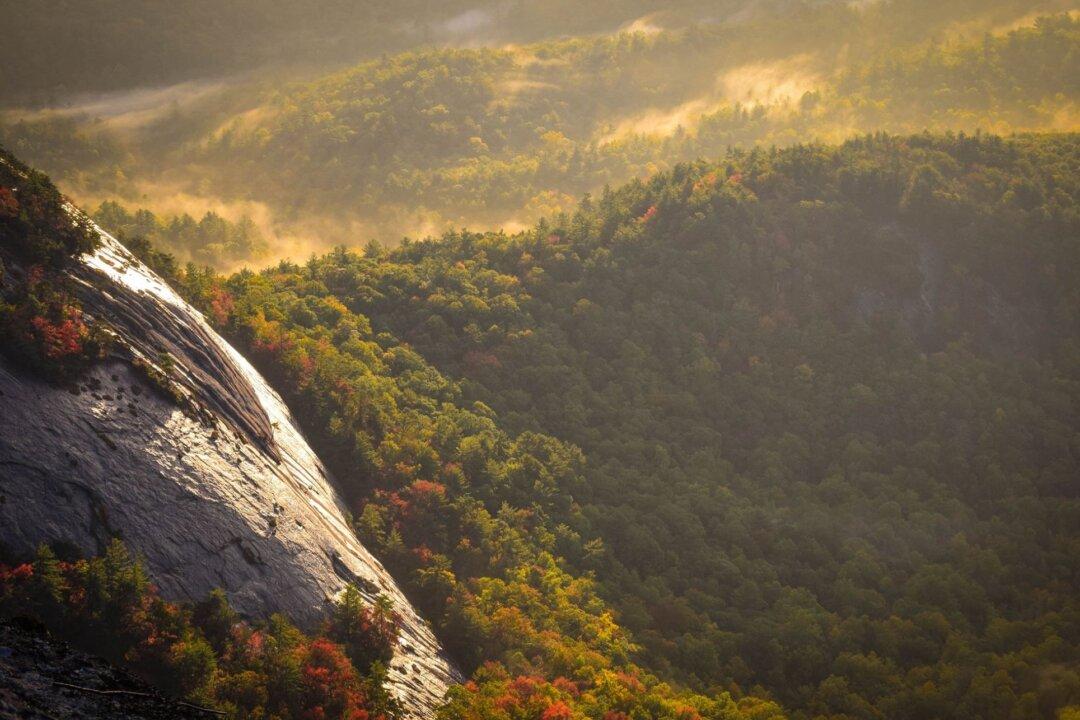The past year has been a momentous time for the world’s forests, with both good and bad news. Fasten your seat belts, because 2016 promises to be another roller-coaster ride.
Here I highlight five factors that could have a big impact on forests this year. For further discussion, see this insightful analysis by environmental journalist Rhett Butler.
1. Collapsing Commodity Prices
The ripple effects from China’s slowing economy could be huge for forests. China has been an aggressive driver of mineral, fossil fuel, and timber exploitation, especially in developing nations across the Asia-Pacific, Latin America, Africa, and Siberia. It has pushed hard for road and infrastructure expansion into many remote wilderness regions—projects that have often opened a Pandora’s box of environmental problems for forests and wildlife.
With prices for many natural resources falling, forests could get some respite in 2016. Conservationists need to use this breathing space to create new protected areas and promote land-use planning in environmentally critical regions.
Africa, in the midst of a mining and road-building frenzy, is a particularly high priority.
2. The El Niño drought
The fire-breathing “Godzilla” drought ain’t dead yet—far from it. The unusual Pacific Ocean conditions feeding this monster are still strong. This could lead to serious droughts and fires in South and Central America and the Asia-Pacific region.
Indonesia, in particular, has been reeling from the drought, with massive forest and peat fires that have had much of Southeast Asia gasping for air. On a daily basis, Indonesia’s fires belched out as much carbon as the entire U.S. economy.
3. Brazil’s Imploding Economy
If China’s economy is cooling off, then Brazil’s once-promising economy is entering an Ice Age—a remarkable downturn for a nation so rich in land and natural resources.
It’s hard to predict how this could affect rainforests like the vast Brazilian Amazon and the critically imperiled Brazilian Atlantic Forest, a global biodiversity hotspot that has been massively reduced and fragmented.
On the one hand, Brazil’s currency, the real, has fallen dramatically in value. That means that its export commodities such as timber, soy, beef, oil, and minerals will be more competitive internationally—potentially promoting more forest exploitation.

